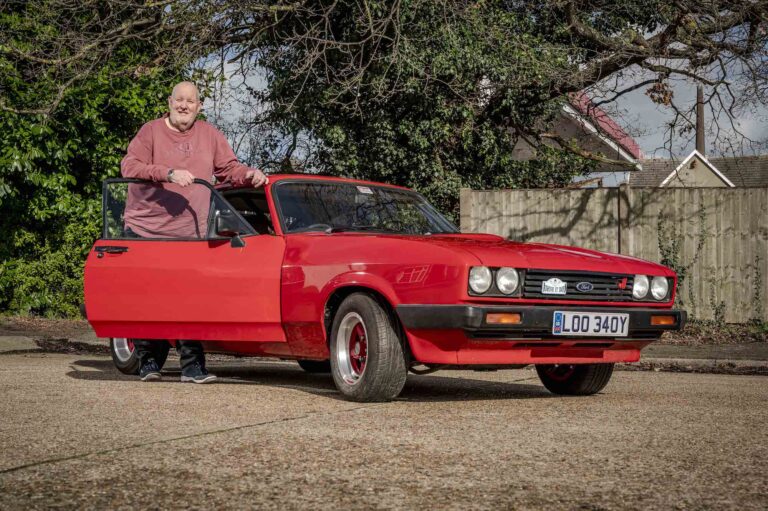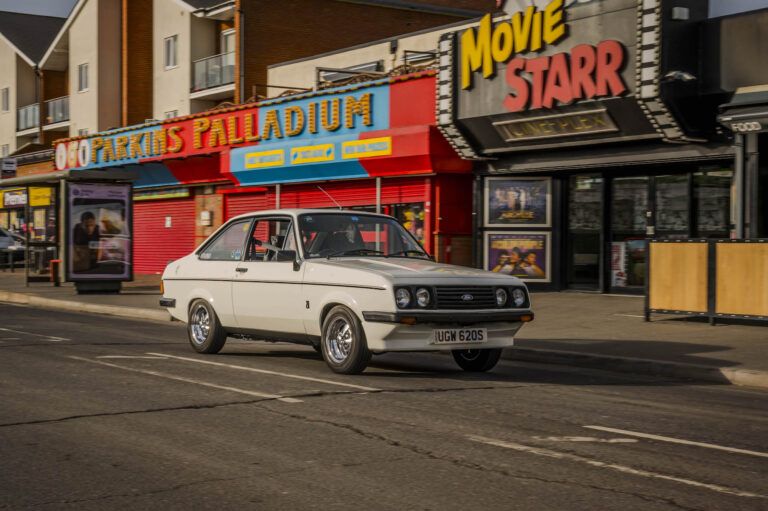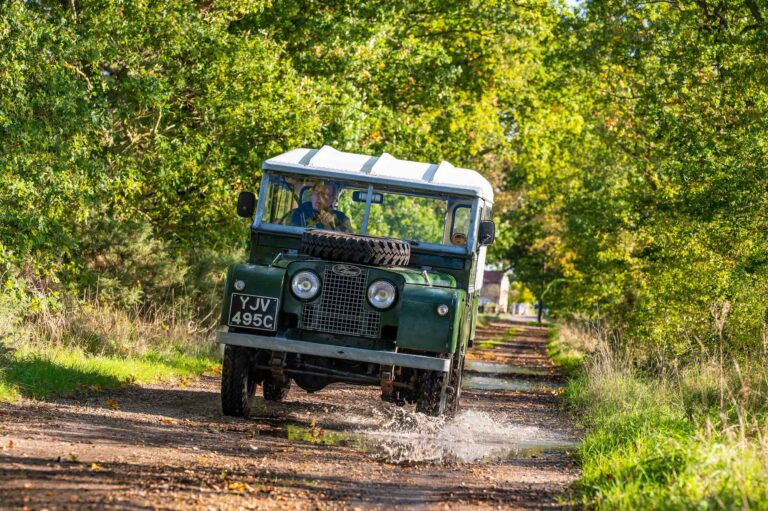It would be hard to find two cars that represent such differing worldviews as a Ferrari and a VW Beetle.
The Italian sports car stands in stark contrast to the German people’s car, built to bring affordable motoring to the masses.
Yet here they are together, on the same driveway and owned by the same man, the low-slung Bertone wedge of the 308 GT4 and the more familiar original bug-shaped Beetle.
As a former flight engineer on Concorde, you might expect Ian Smith to favour the high-speed thrills of the Ferrari he’s owned since 1989, but his association with the Beetle dates back even further, to 1972, bought originally for his late wife, Helen.
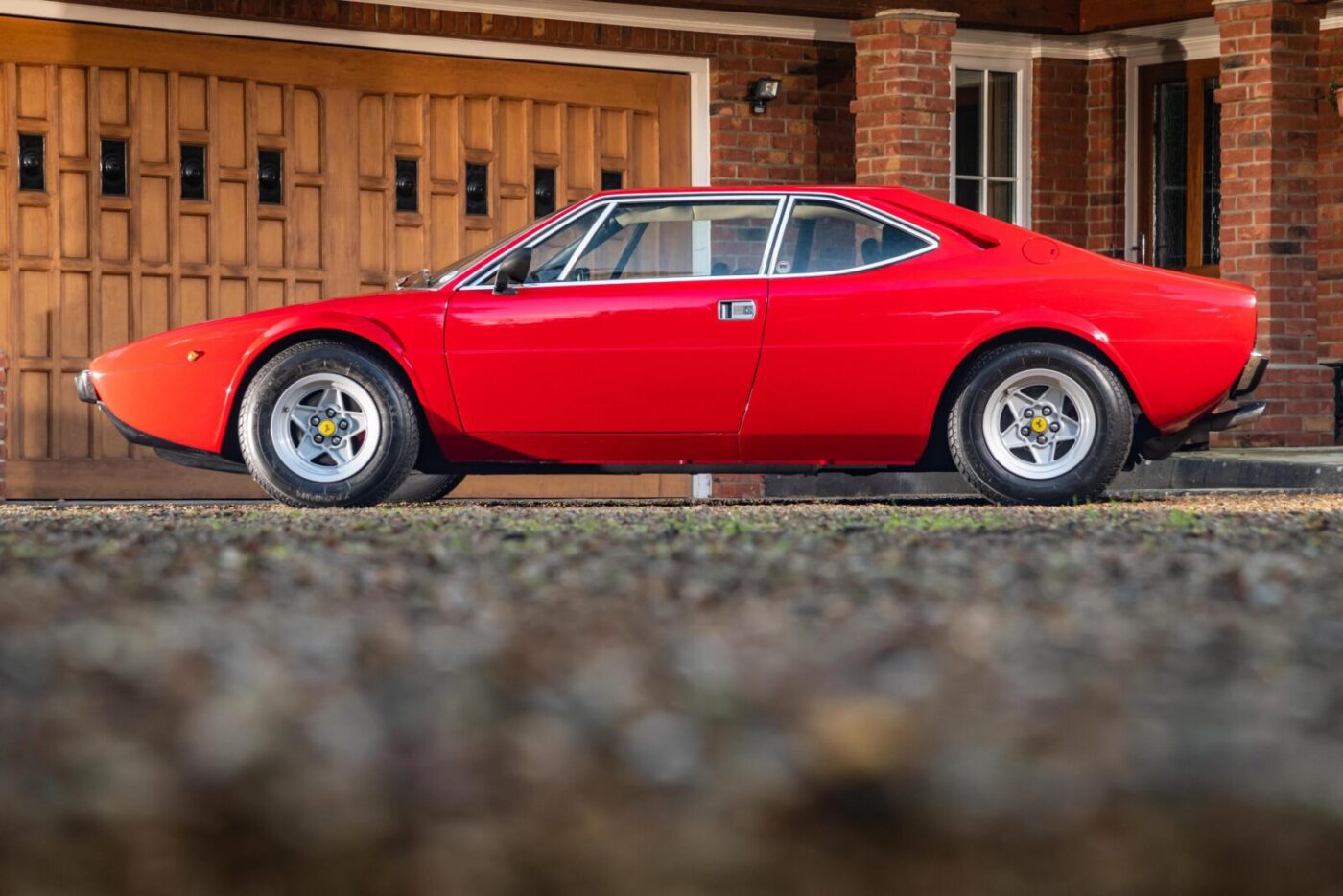
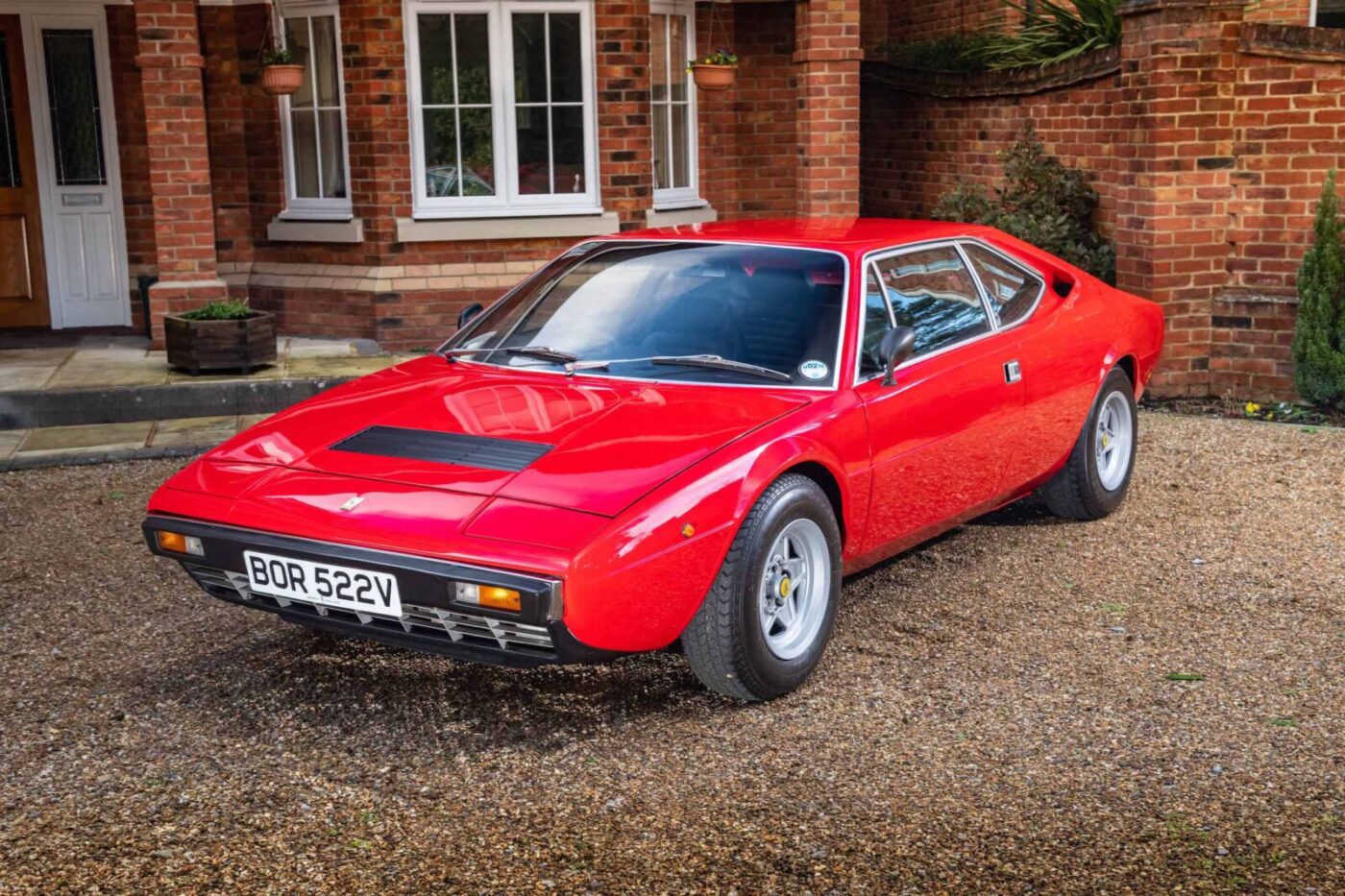
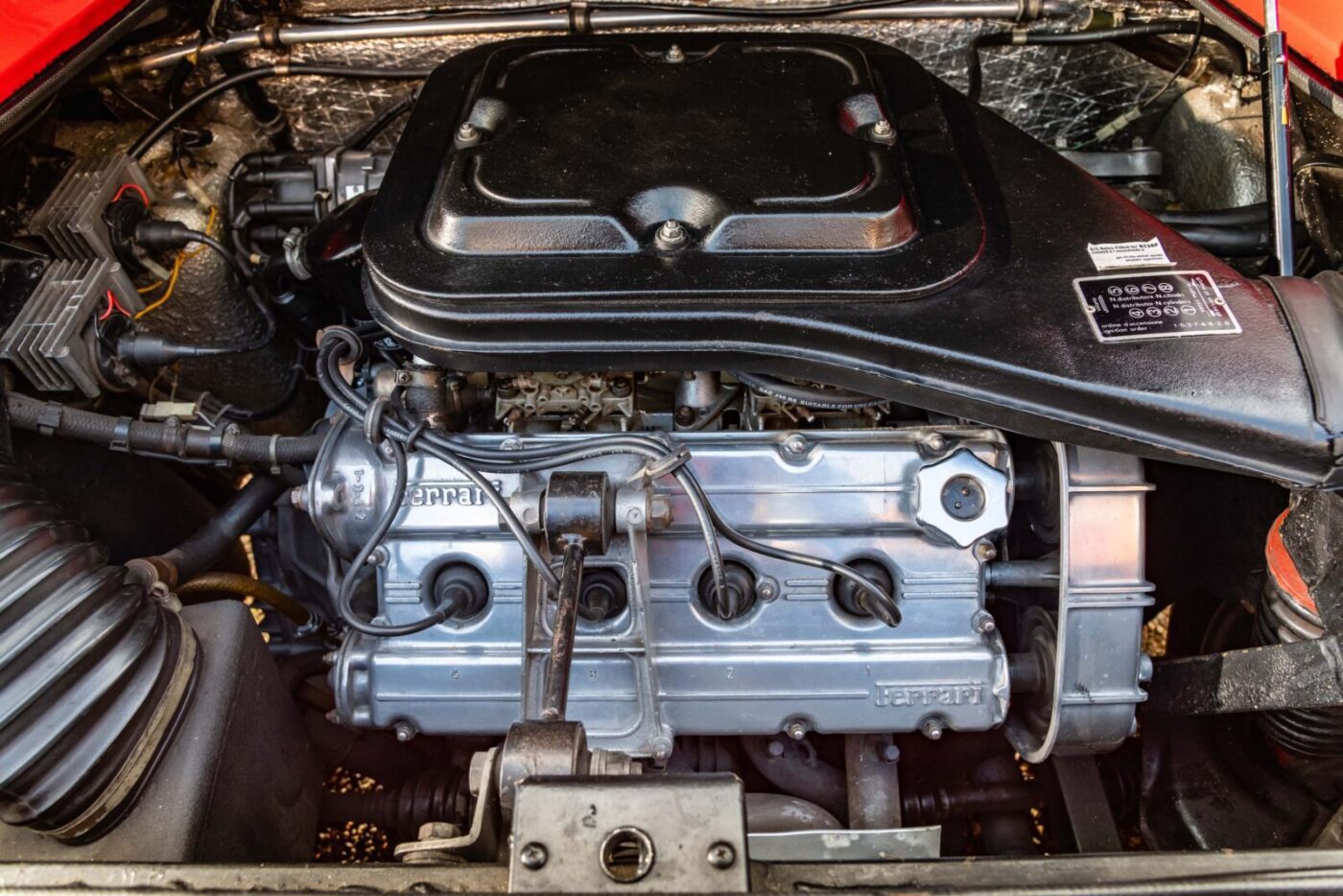
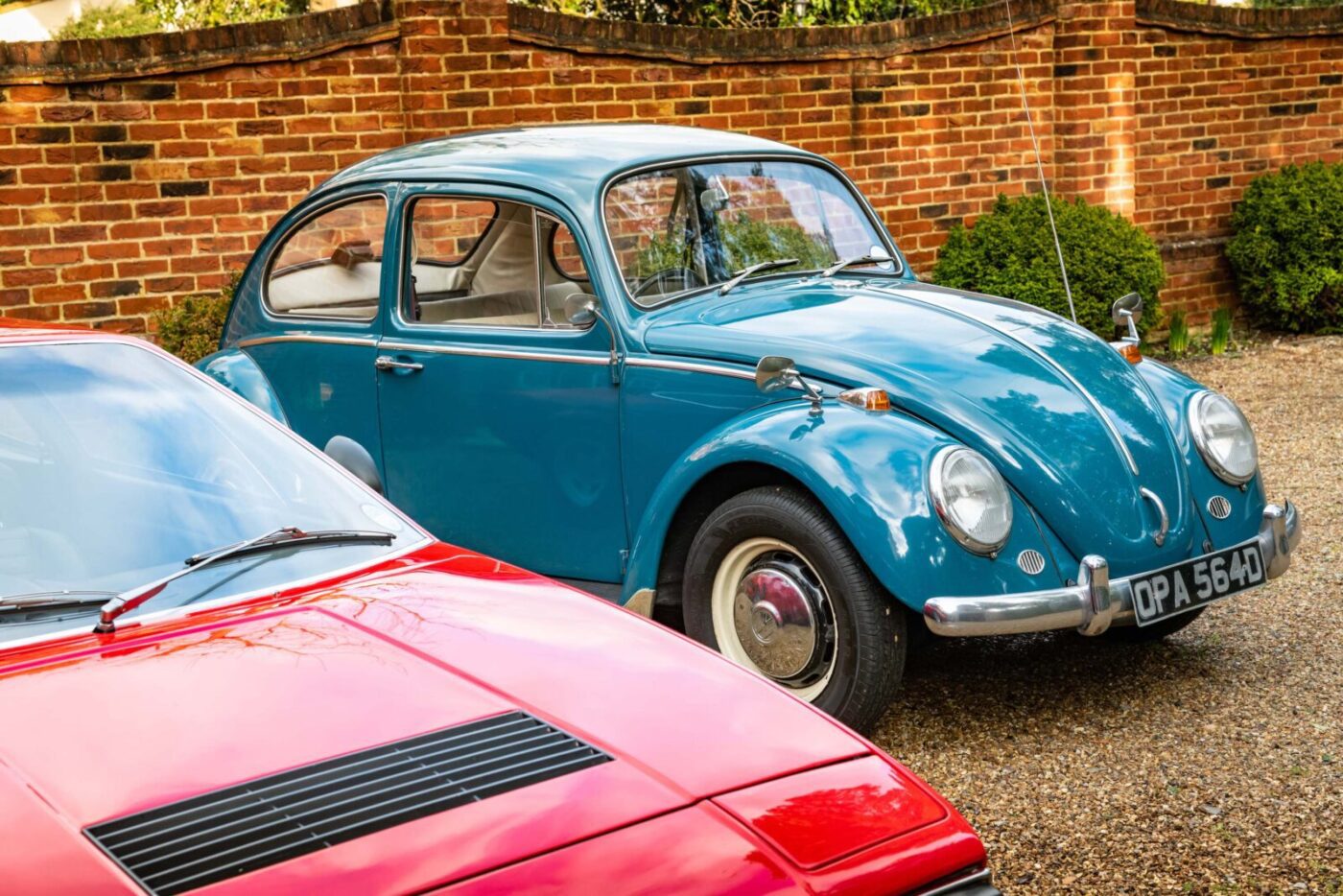
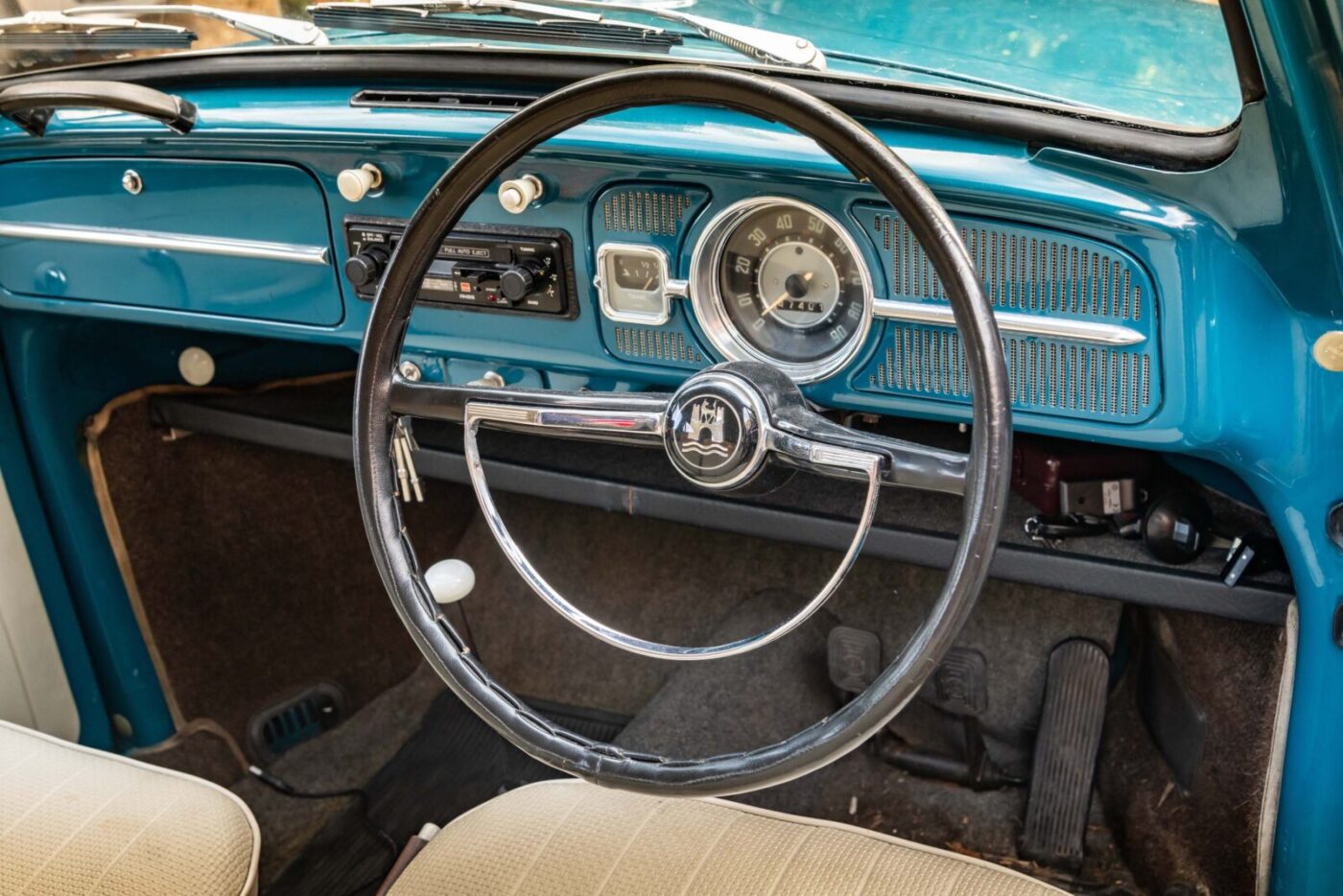
“It’s my friend”
“I can’t sell it because it’s my friend,” he says at his home in Surrey, opening up two garages to also reveal an MGB GT bought in 1984, a Mercedes C-class and three classic motorcycles.
“If there’s an emotional connection, it’s with the Beetle because I’ve had it the longest. I did jokingly say don’t get a coffin for me, just take me to the crusher in the Beetle.”
The cars and bikes are driven, and ridden, on rotation, and each provides their own unique brand of fun.
“All cars and motorbikes, it doesn’t matter what they are, they’re all different,” he says. “You get in the Beetle and do 50mph and it’s quite enjoyable, you’re going quite fast. I’d have to go an awful lot faster to have the same enjoyment in the Ferrari!
“I’ll use one car or bike for so long and I’ll just cycle them round so they all do extremely low mileages, and it means I don’t get bored with one thing.”
On the road, it’s the humble people’s car, not the Ferrari, that draws the most attention.
“When I got the Ferrari I used to get a lot of boy racers come up and drive alongside, revving their engines wanting to race, but you tended to just ignore them,” says Ian, 78.
“Nowadays I maybe get the odd person who will wave or, if you’re parked somewhere, someone will come and talk to you. It’s an old car now.”
Of course, very few people have ever owned a Ferrari, or even known someone who did. With the Beetle, it’s a very different story.
READ MORE ABOUT SOME OF OUR GREATEST CLASSIC CARS WITH

A series of articles on our Cult Classics site.
Beetlemania
“There used to be so many Beetles on the road when I got it, but there aren’t now,” says Ian. “I’ll go to the supermarket and people will come up and talk to you and say ‘I had one of these’. To be honest, the Beetle is the bigger talking point, and you tend to get more people who will wave at you.”
Born in Forfar, Angus, in 1941, Ian’s mother moved to Girvan on the west coast of Scotland when he was six weeks old, his father heading to North Africa with the RAF.
On leaving school at 15, he joined the Royal Air Force for a three-year apprenticeship, where he trained as an airframe fitter.
It provided him with an all-round engineering education that would prove useful years later when it came to restoring cars for his son and daughter, and himself.
After completing his apprenticeship, Ian was posted to RAF Leuchars in Fifeshire, where he worked on Hawker Hunters and Gloster Javelins, followed by a posting to Cyprus doing major servicing on Canberras.
He became a flight engineer in 1964, which extended his skills in engines, electronics and instruments, and was posted to Aden, Yemen, flying Beverley aircraft for the last two years of British involvement in the area.
On returning to the UK, Ian ended his service at RAF Kinloss flying Avro Shackletons, a marine patrol aircraft.
In 1970, Ian moved to England and took up a position with the British Overseas Airways Corporation (BOAC), the forerunner of British Airways, as a flight engineer on the Boeing 707.
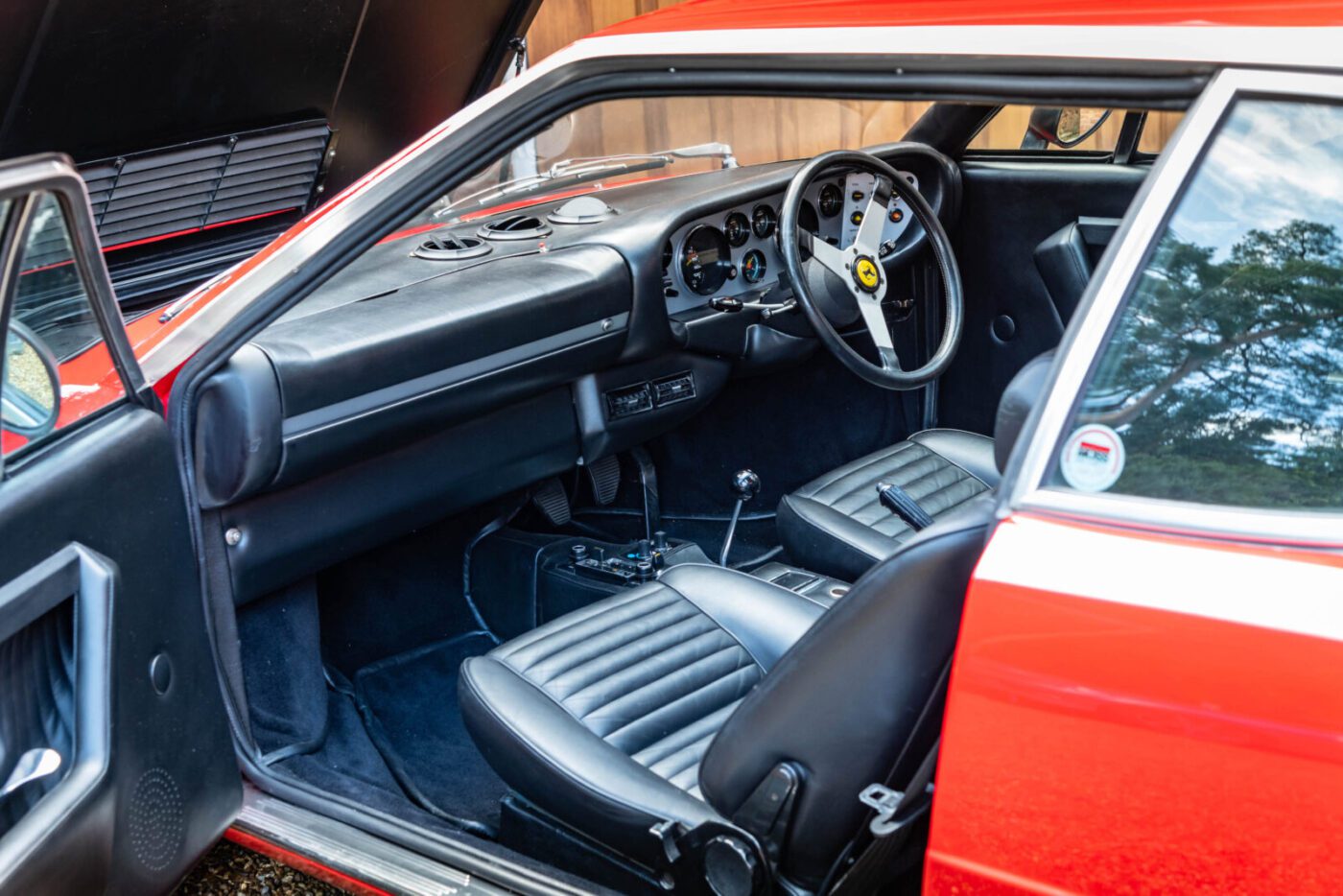
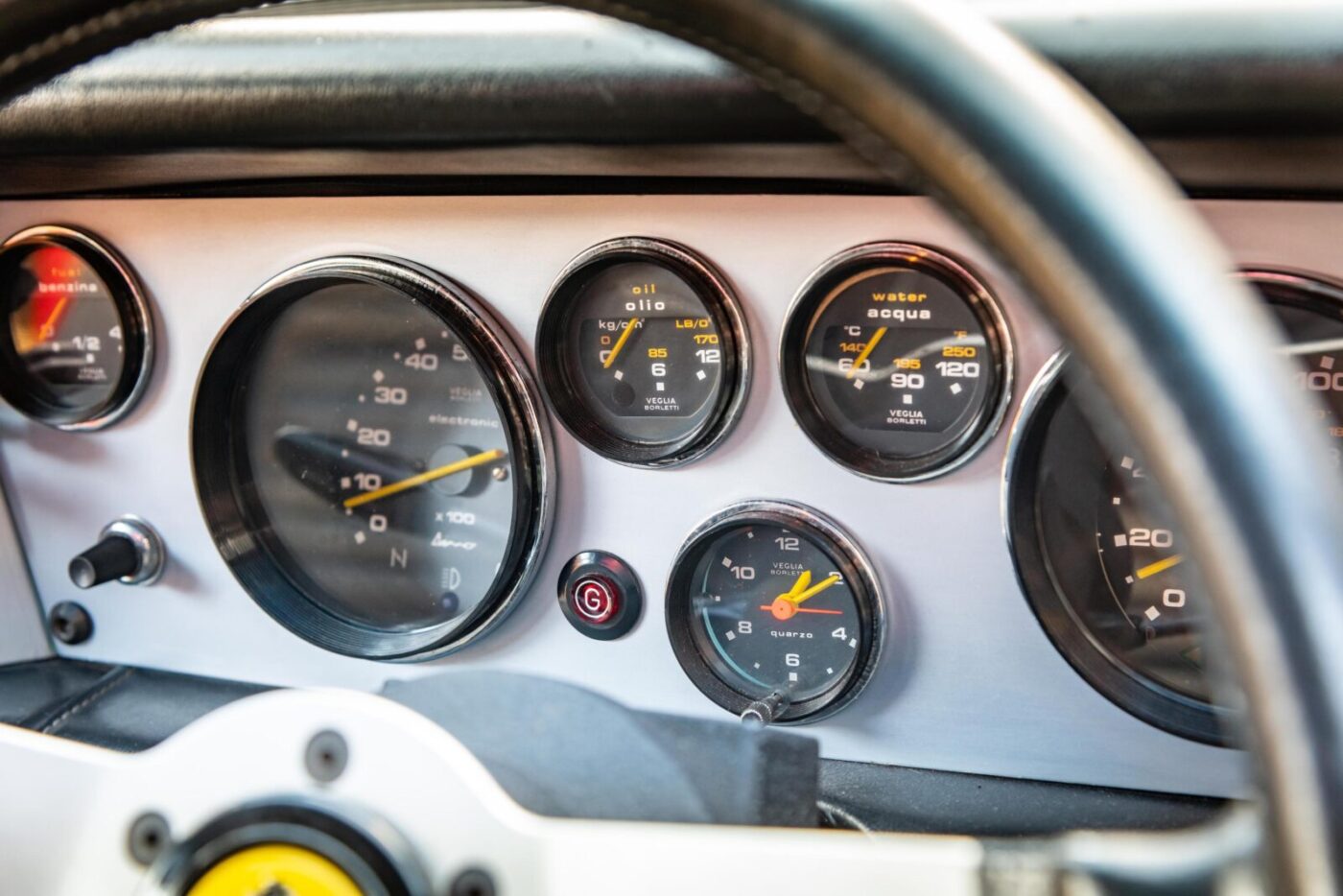
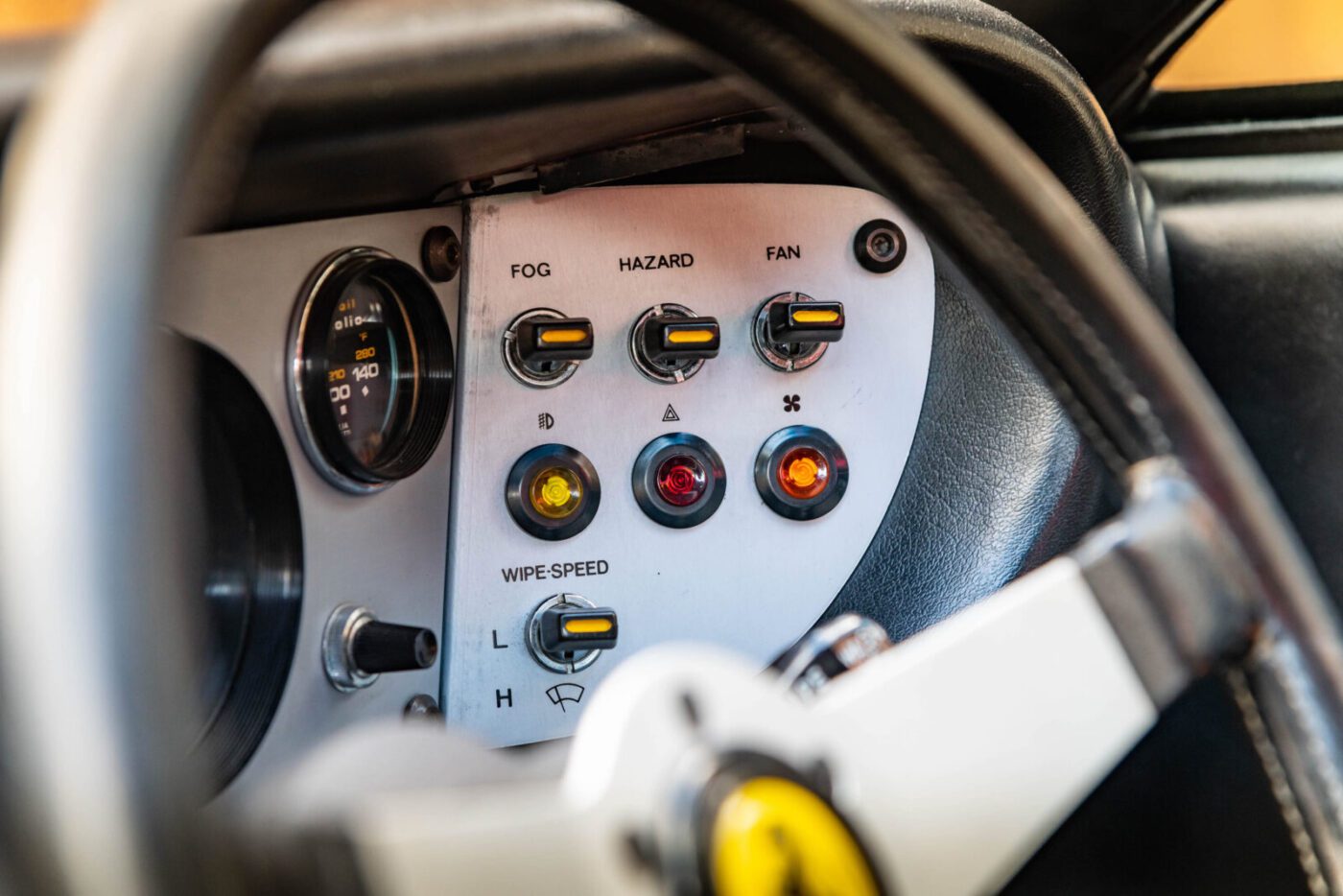
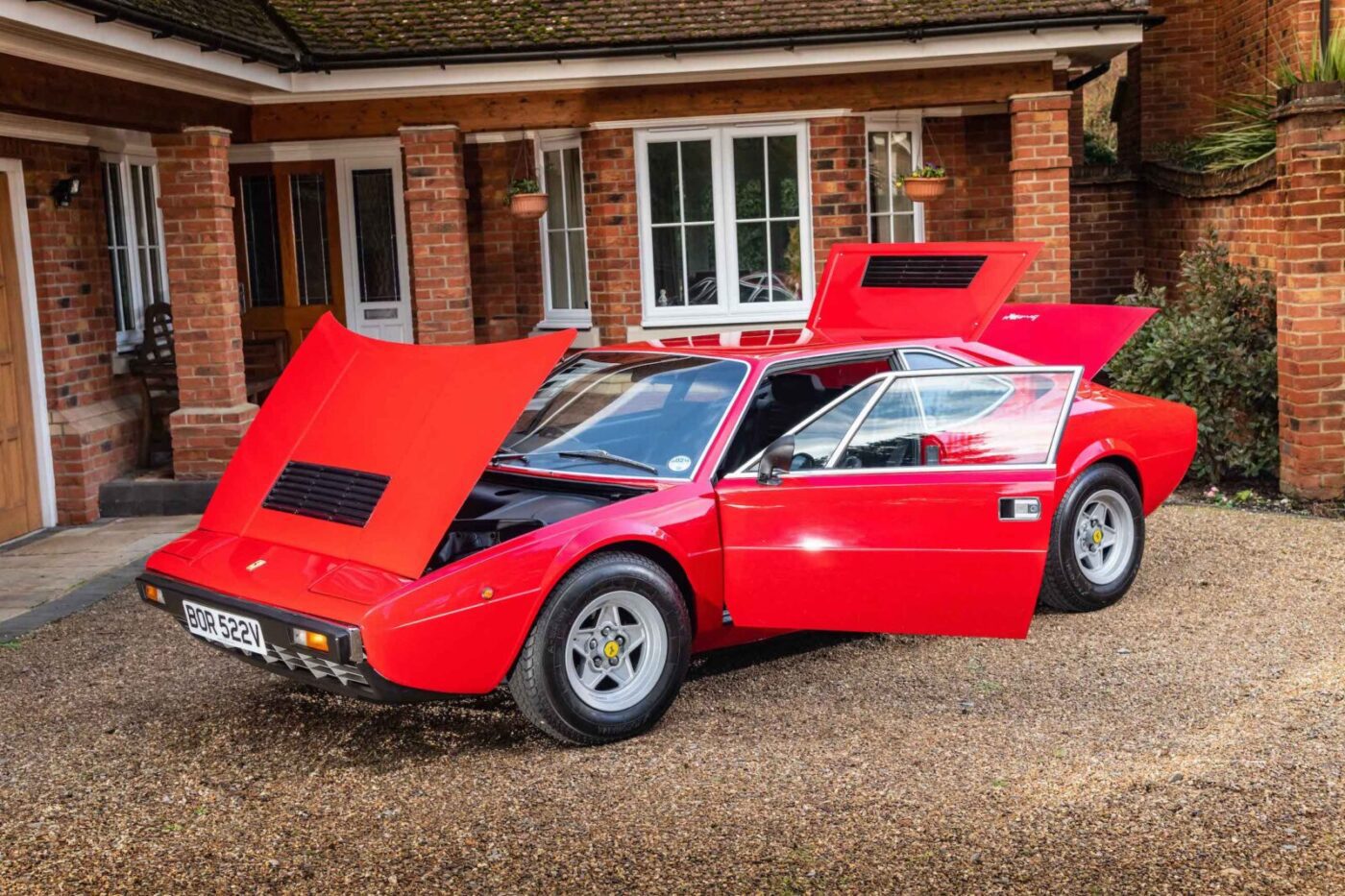
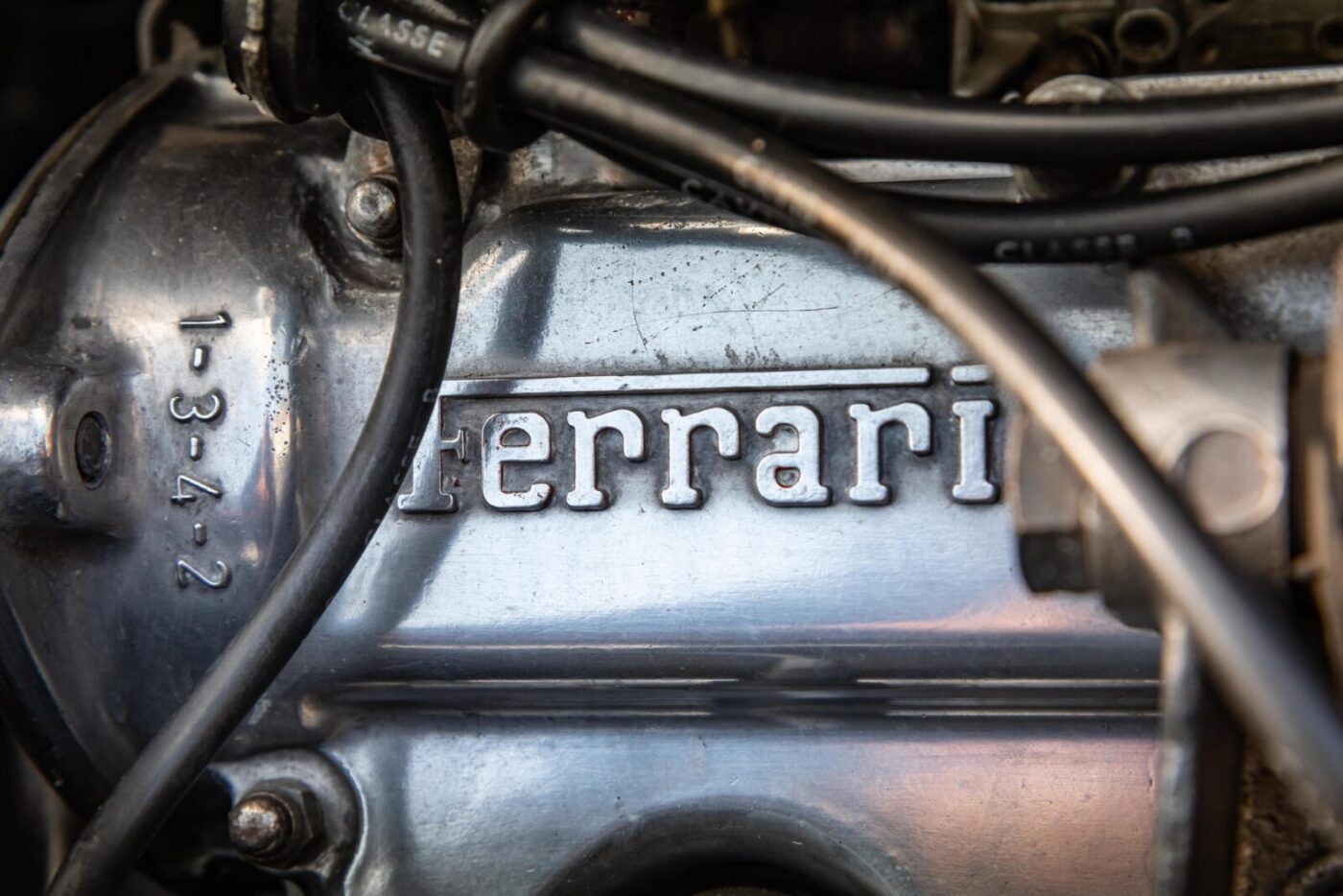
Life on Concorde
Six months after it entered service in January 1976, Ian was posted to serve on Concorde, the world’s first supersonic passenger jet, capable of travelling at twice the speed of sound.
As flight engineer on the famously drop-nosed jet, he would sit behind the pilot and co-pilot and operate the systems of the aircraft, reading the checklists and dealing with any in-flight technical issues.
“It was a privilege, a great adventure,” he says of 20 years working on Concorde, first as flight engineer, then becoming an instructor / examiner and, finally, in charge of the plane’s flight engineers.
“It was very different to the planes that had come before. It was much more modern for its time, obviously now technology has moved on so vastly it’s totally different.”
Concorde was the first aircraft equipped to undertake an automatic landing on entry to service so flight engineers were trained to fly the aircraft to do an autoland.
“Most flight engineers on Concorde had pilots licences anyway,” says Ian, who now volunteers at the Brooklands Museum, organising a team of former Concorde pilots giving flight experience flights to the public in the simulator they all trained in, the only working Concorde simulator in the world.
81.5% of customers could get a cheaper quote over the phone
Protect your car with tailor-made classic car insurance, including agreed value cover and discounts for limited mileage and owners club discounts

Aircraft, or Ferrari?
In the late 1980s, Ian was toying with the idea of buying his own aircraft when he decided, instead, to look for a Ferrari.
“There are a lot of logistics and expenses associated with owning your own aeroplane and, in the end, I thought I’d buy a nice car and I thought a Ferrari would be all right,” he says, with obvious understatement.
“I spent two years going into the dealer asking if they had any Ferraris that needed rebuilding.”
Eventually, in 1989 a 10-year-old metallic silver 308 GT4 became available, not in obvious need of a rebuild but also not in mint condition.
“This was a time of speculators and prices had rocketed, probably a bad time to buy,” he says.
“Although expensive it was much less than the more desirable 308 GTB and GTS, thanks to the TV show Magnum!
“I bought this model because it was what I could afford. It was very much based on price because the GTB and GTS were fetching an awful lot more money and the GT4 was always looked on as the poor man’s relation by the Ferrari aficionados.
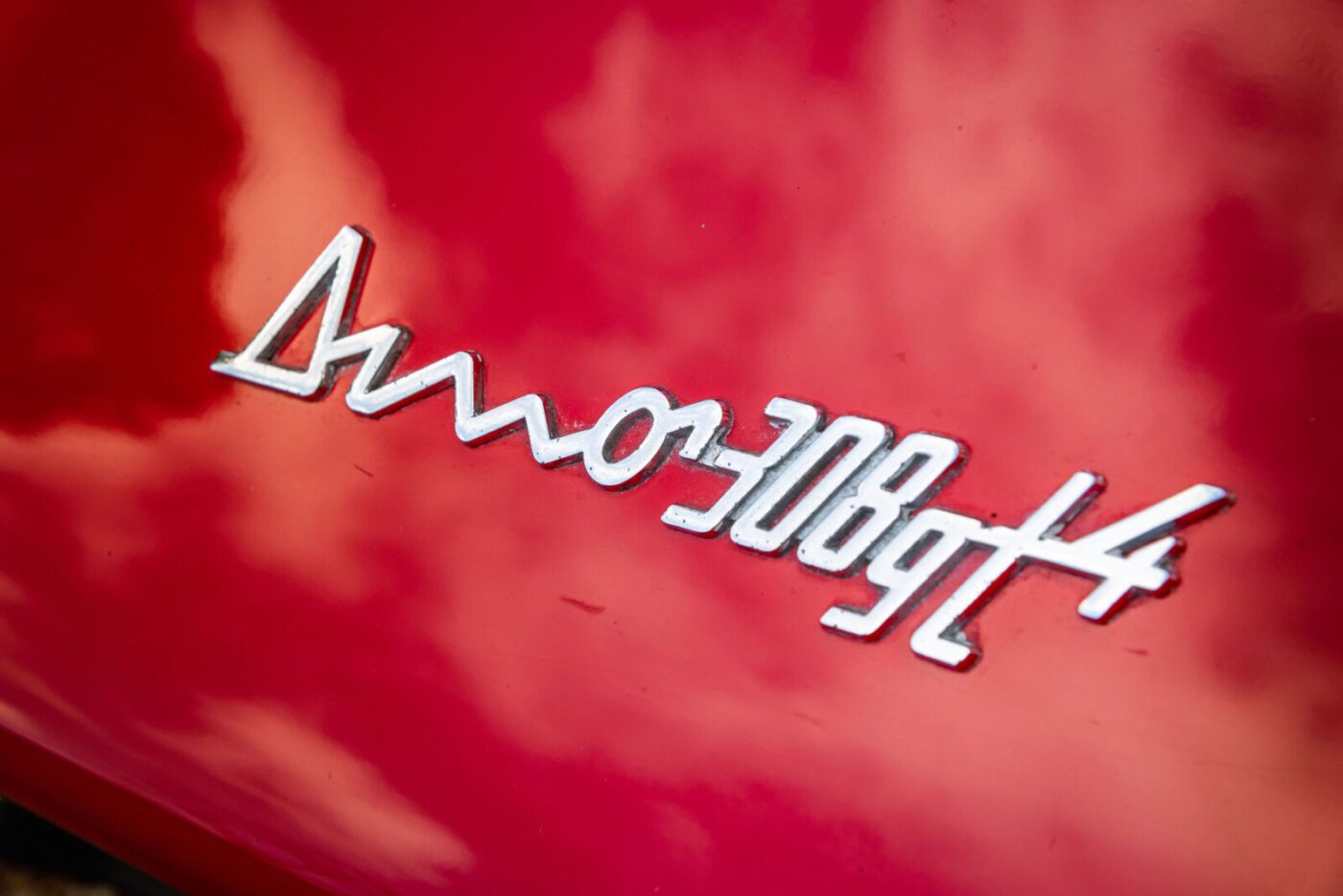
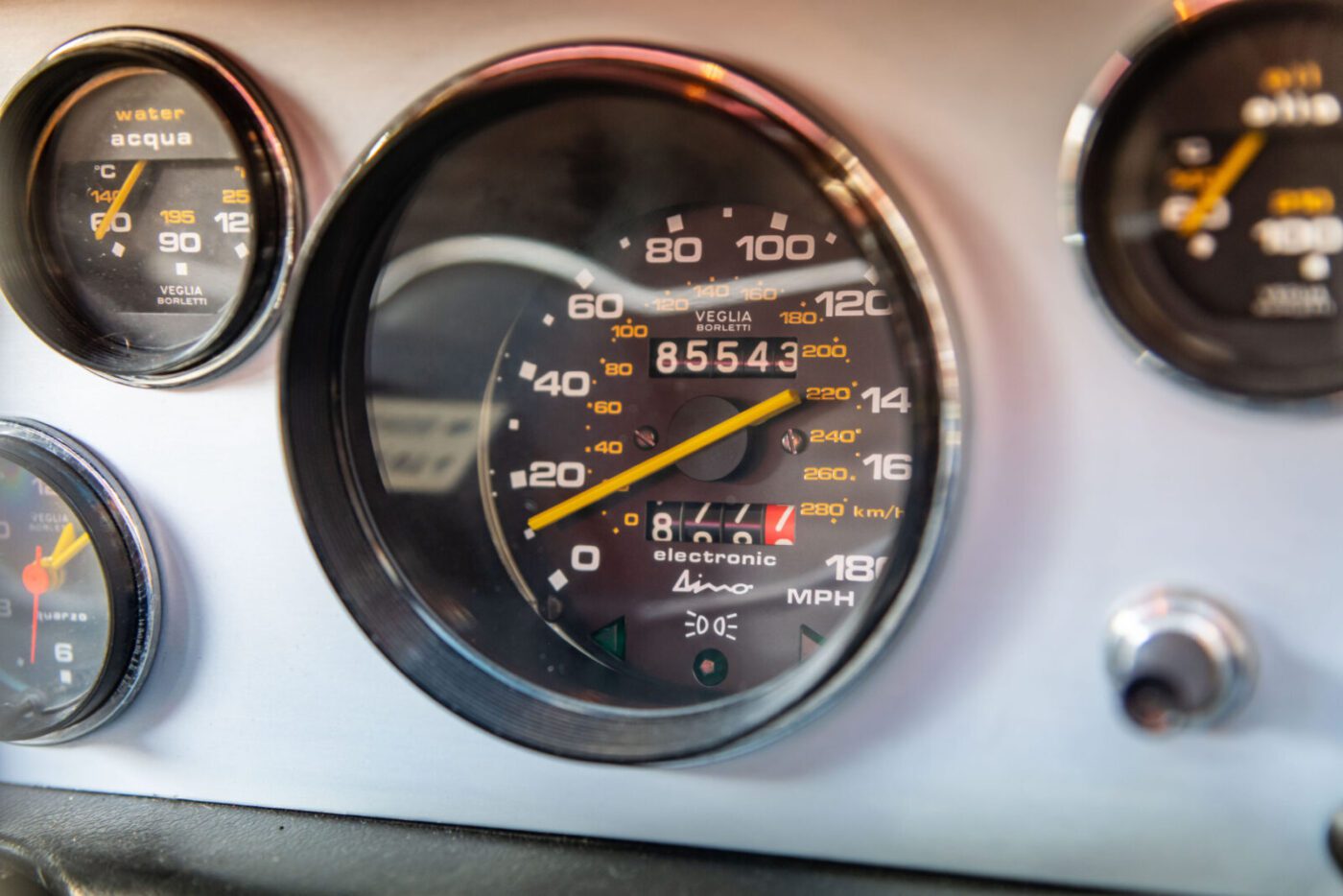
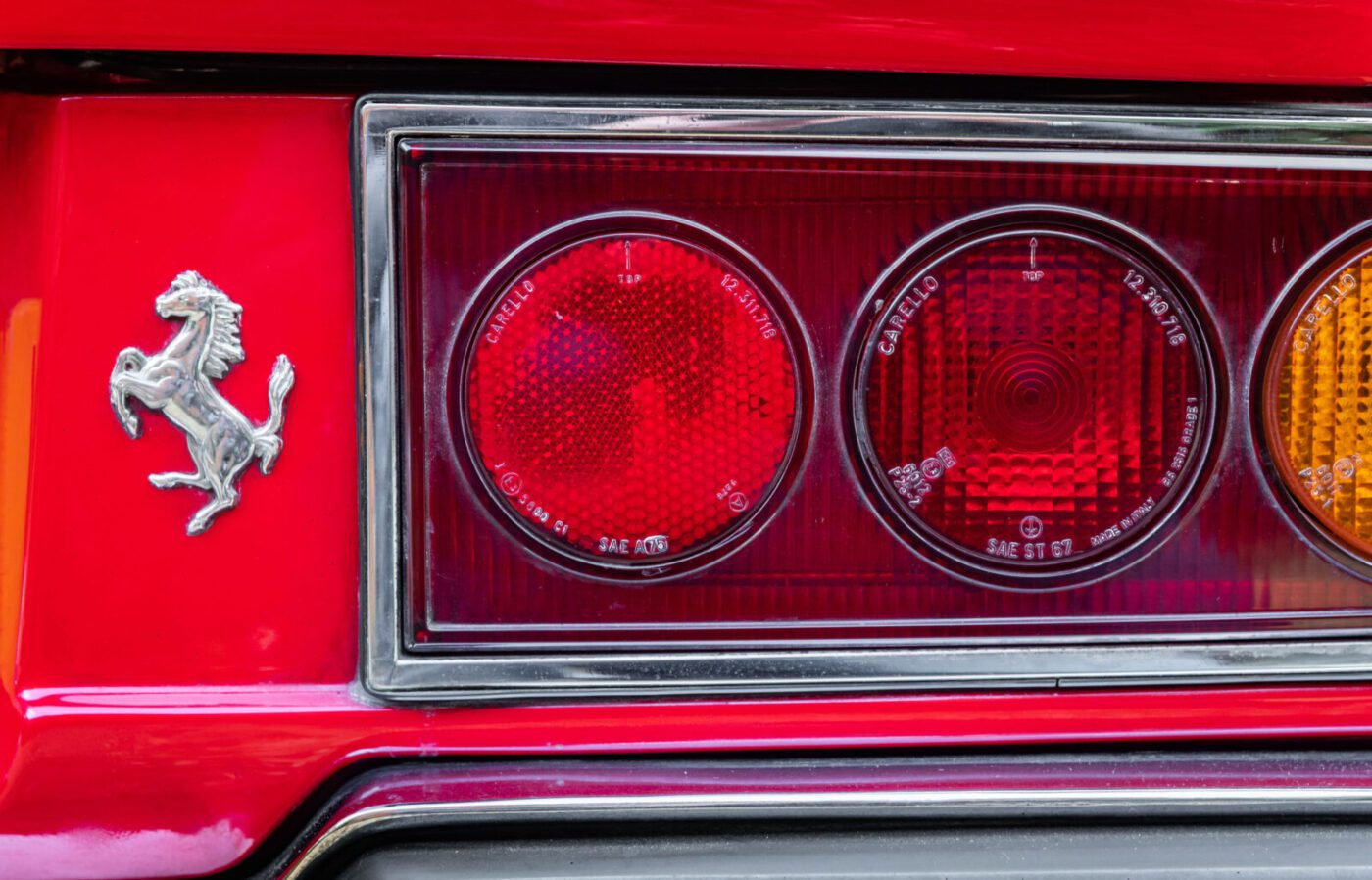
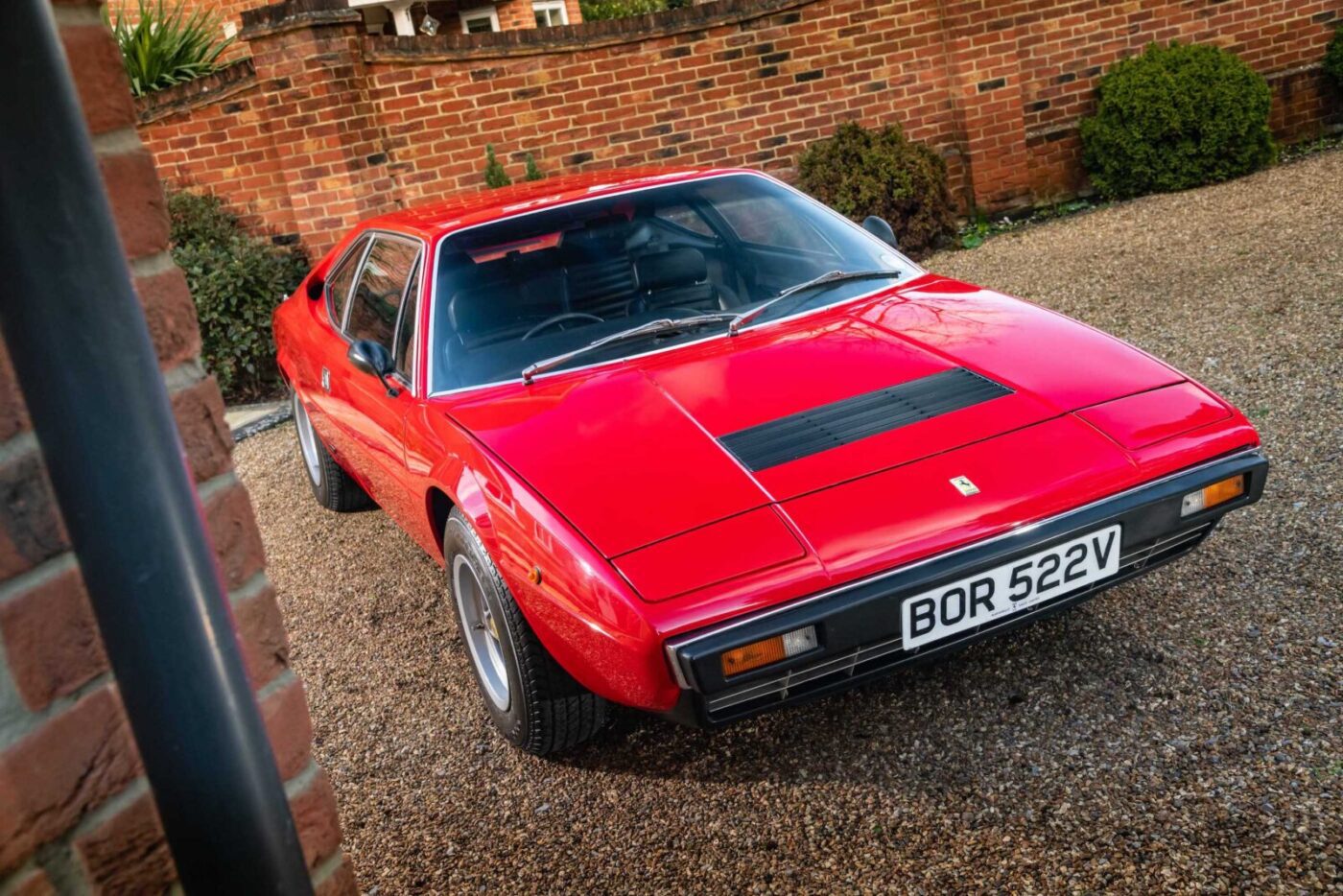
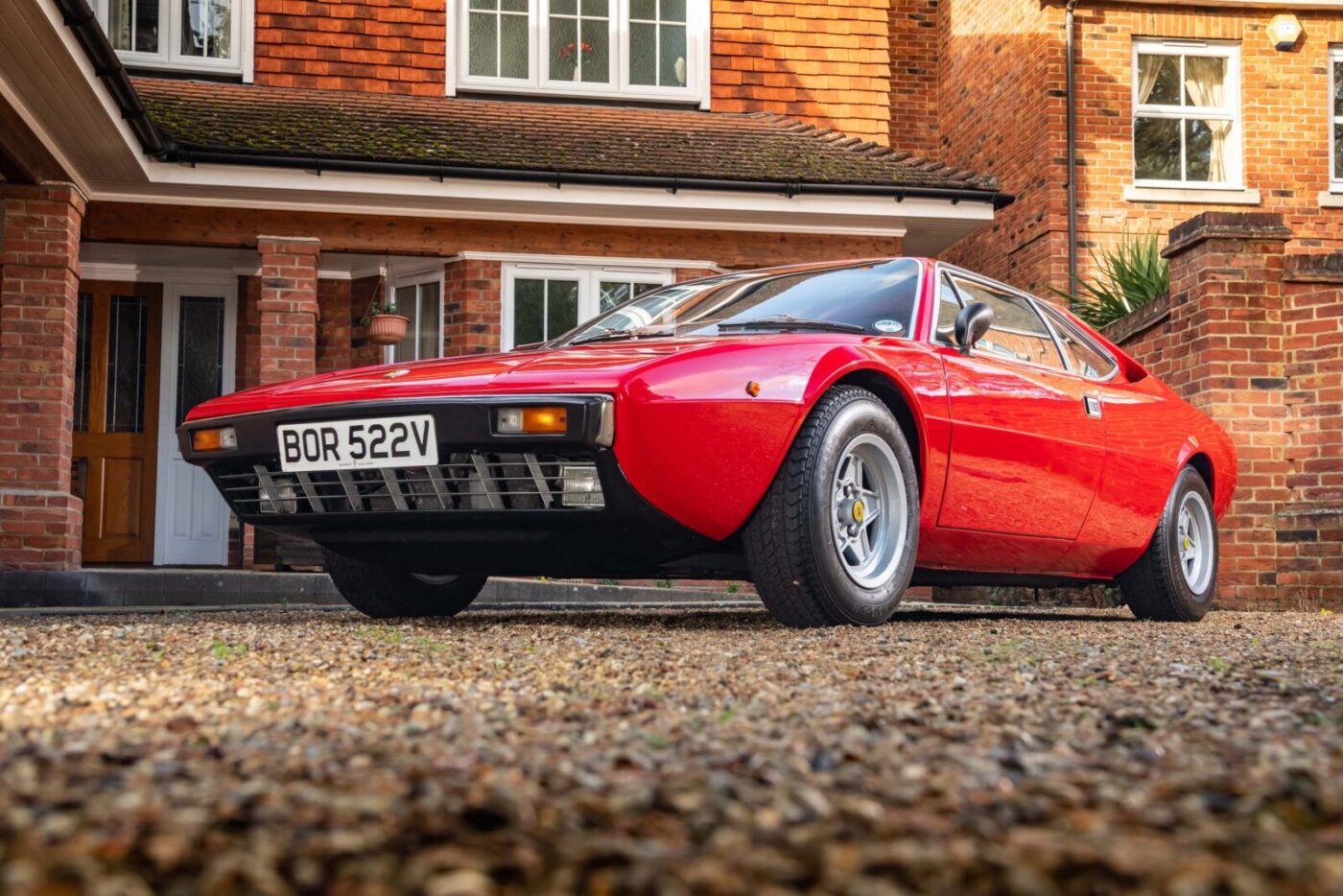
Not a real Ferrari?
“Originally it came as a Dino badged car and some people said it’s not a real Ferrari, but in fact it used the same engine as the GTB and GTS and a lot of the suspension was the same.
“Ferrari was trying to compete with Porsche and they put these two little tiny seats in the back. I have had four adults in there, but there’s not a lot of room!
“It was just a car I thought was promising, I quite like the look of it.”
The GT4 was the first production Ferrari designed by Bertone, and drew comparisons with the Lancia Stratos and Lamborghini Urraco, also penned by Marcello Gandini, and was also the first production Ferrari to feature a mid-engined, V8 layout.
With 255bhp from the 3.0-litre, quad cam, all-alloy engine, it could hit 60mph in around six seconds.
Not that it was driving like a Ferrari should when Ian bought it.
“The engine was, shall we say, not working properly, and the gearbox was difficult to engage,” he says.
“Although it looked quite nice when I bought it, it had been recently resprayed and I’m always wary of cars that have been resprayed because it’s hard to tell how they’ve been bodged up.
“The intention was that I would always take it apart myself and see what’s underneath.”
READ MORE ABOUT SOME OF OUR GREATEST CLASSIC CARS WITH

A series of articles on our Cult Classics site.
Restoration time
First, he tackled the mechanics of the car, gradually working his way through a checklist in the meticulous manner befitting a former flight engineer.
Realigning the gear selectors cured the notchy gearbox, while the suspension was dismantled and some of the bushes reshimmed.
The front wheel bearings, shared with an MGB, were replaced, the air conditioning was upgraded, and the misbehaving electrics were sorted out.
The engine initially appeared to be OK but, on closer inspection, Ian discovered that the timing on one of the camshafts was one notch out on the belt, “hence it didn’t run properly”.
“It’s extremely expensive going to a Ferrari dealership to get them serviced, so I figured out how to do it myself, and also reshimmed the valves,” he says.
“It’s not a car you say ‘I’ll pop out and I’ll do this’, it’s a car you think ‘I’ll read up on it, and then do it’. Although I’ve got the manual in English, it’s in Italian English…”
Then came the bodywork, bearing in mind that, although this is a Ferrari, it remains an Italian car built in the 1970s.
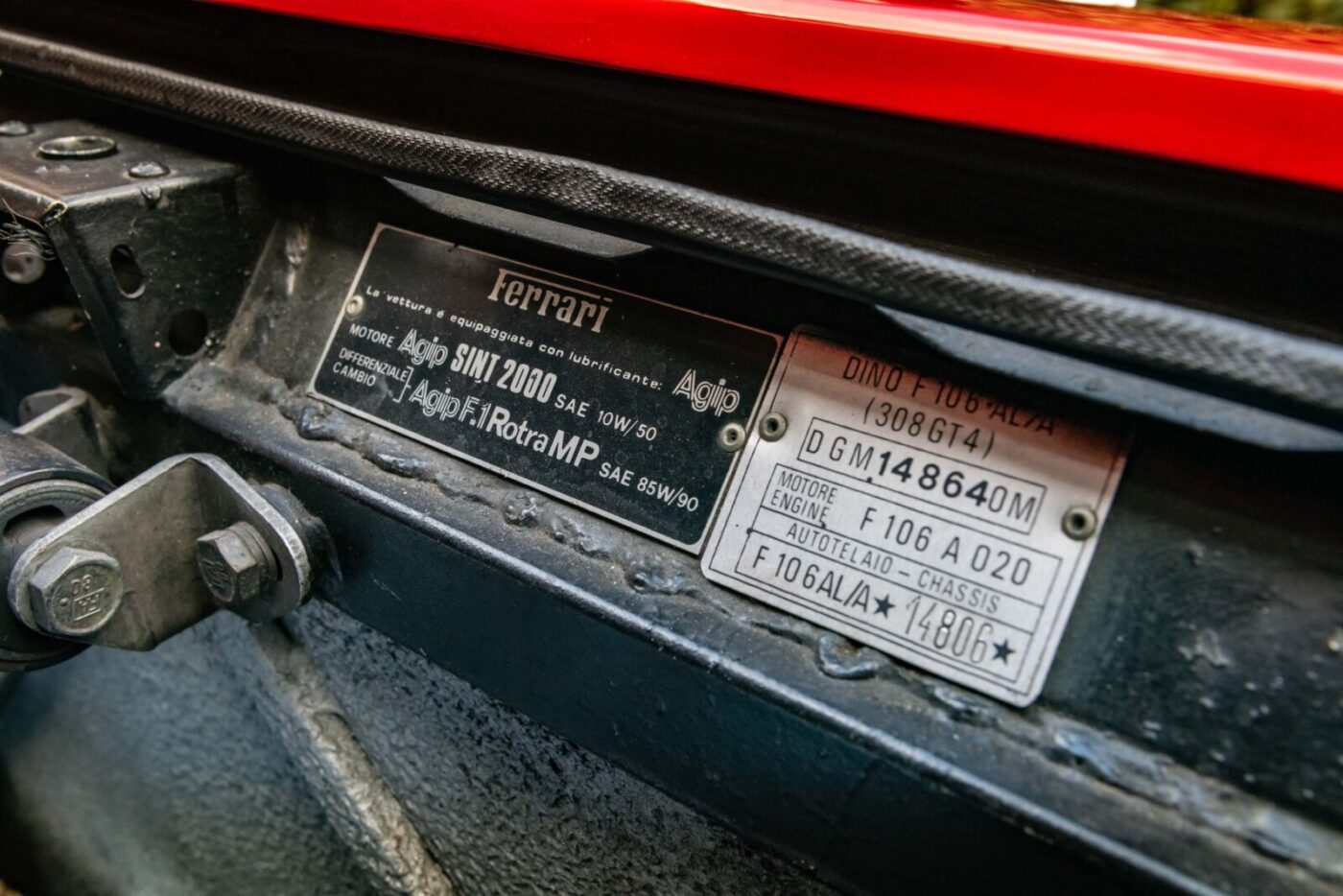
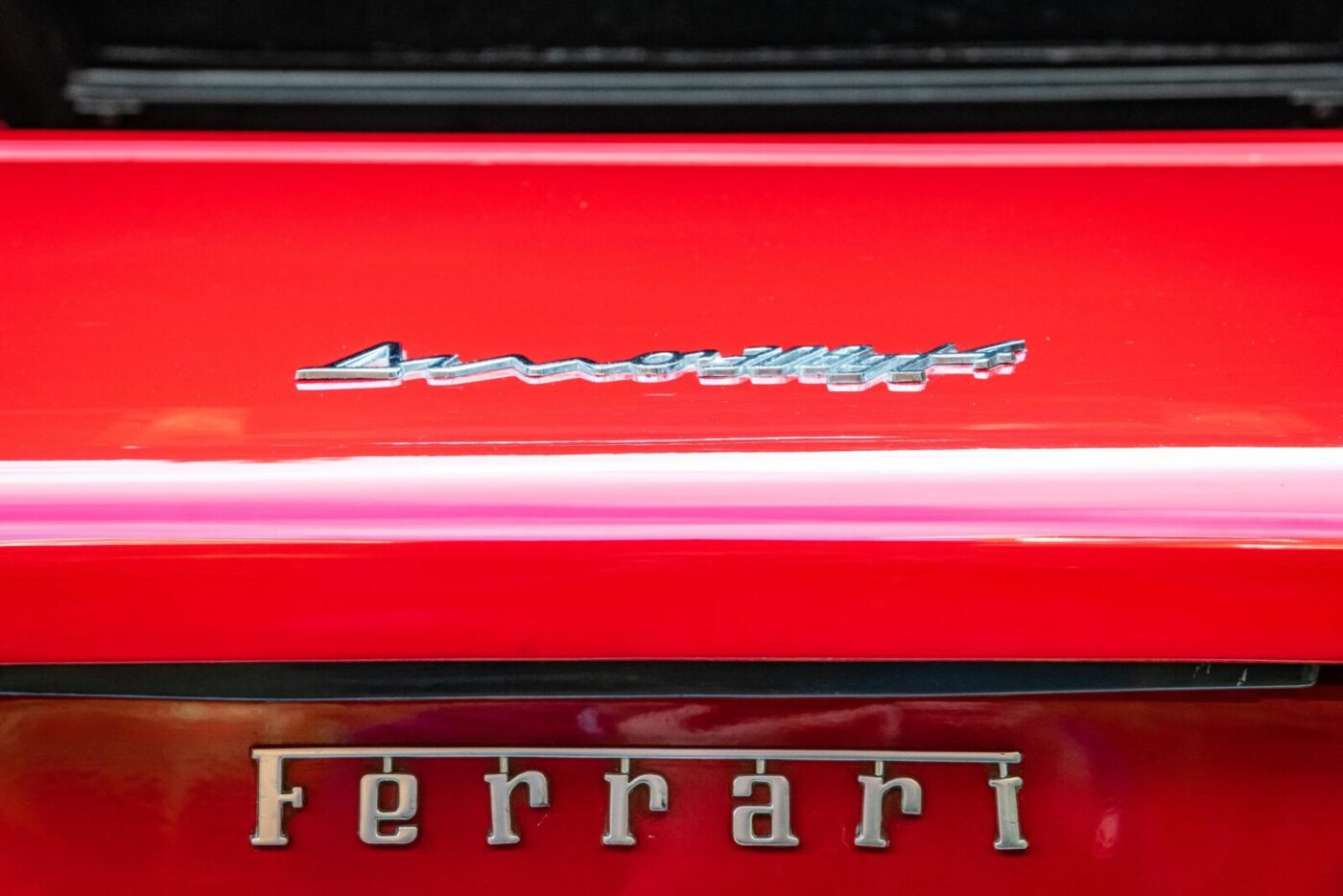
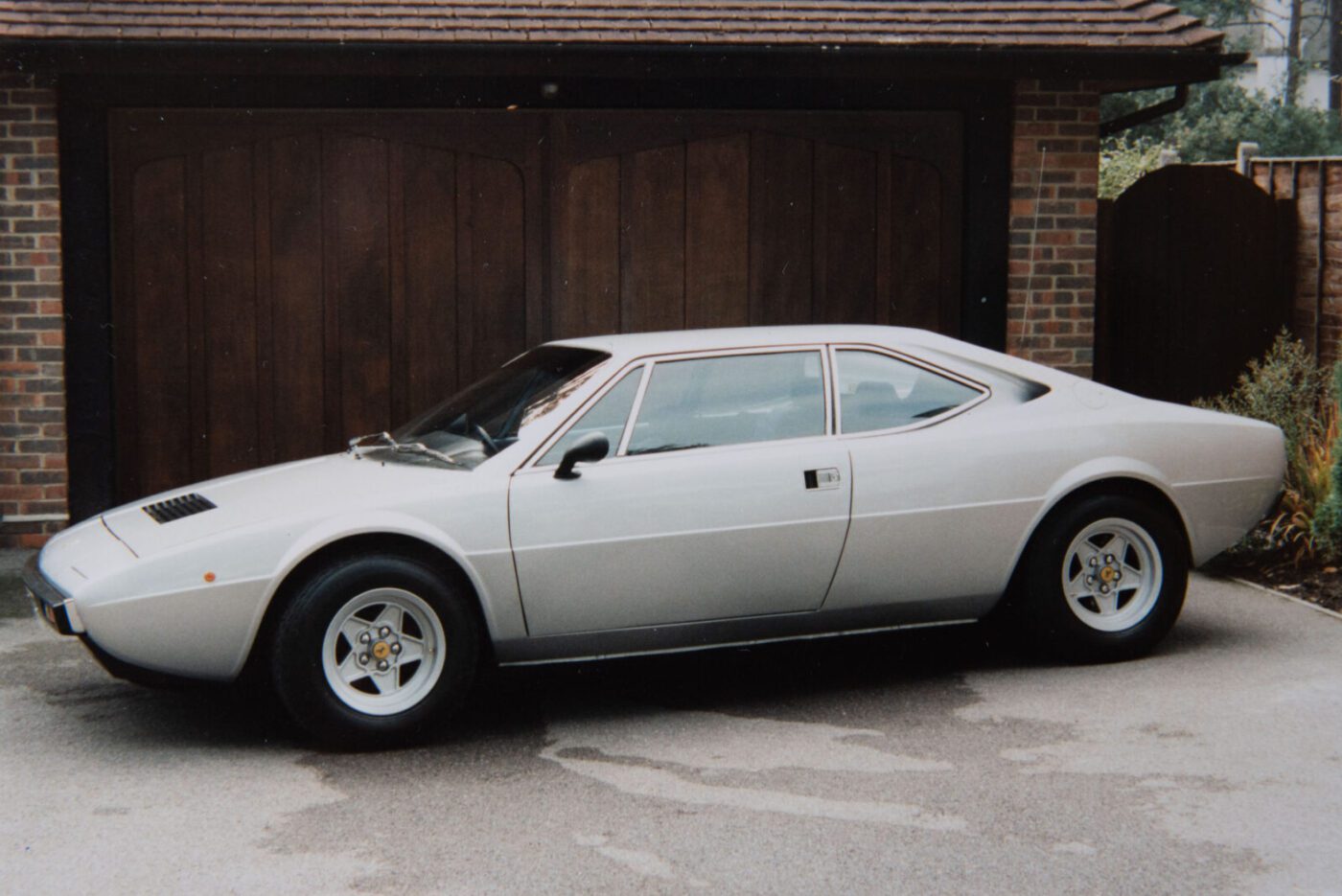
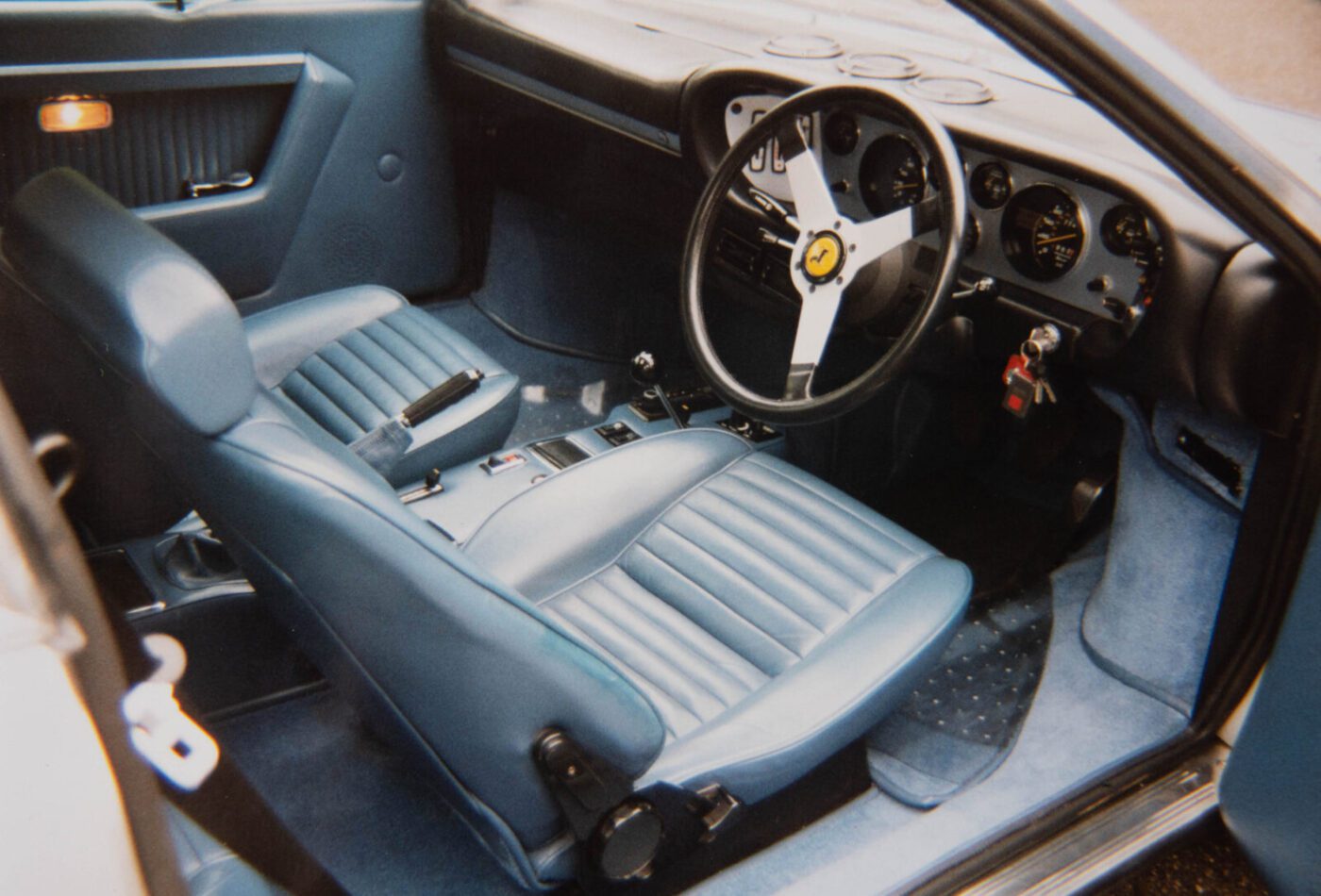
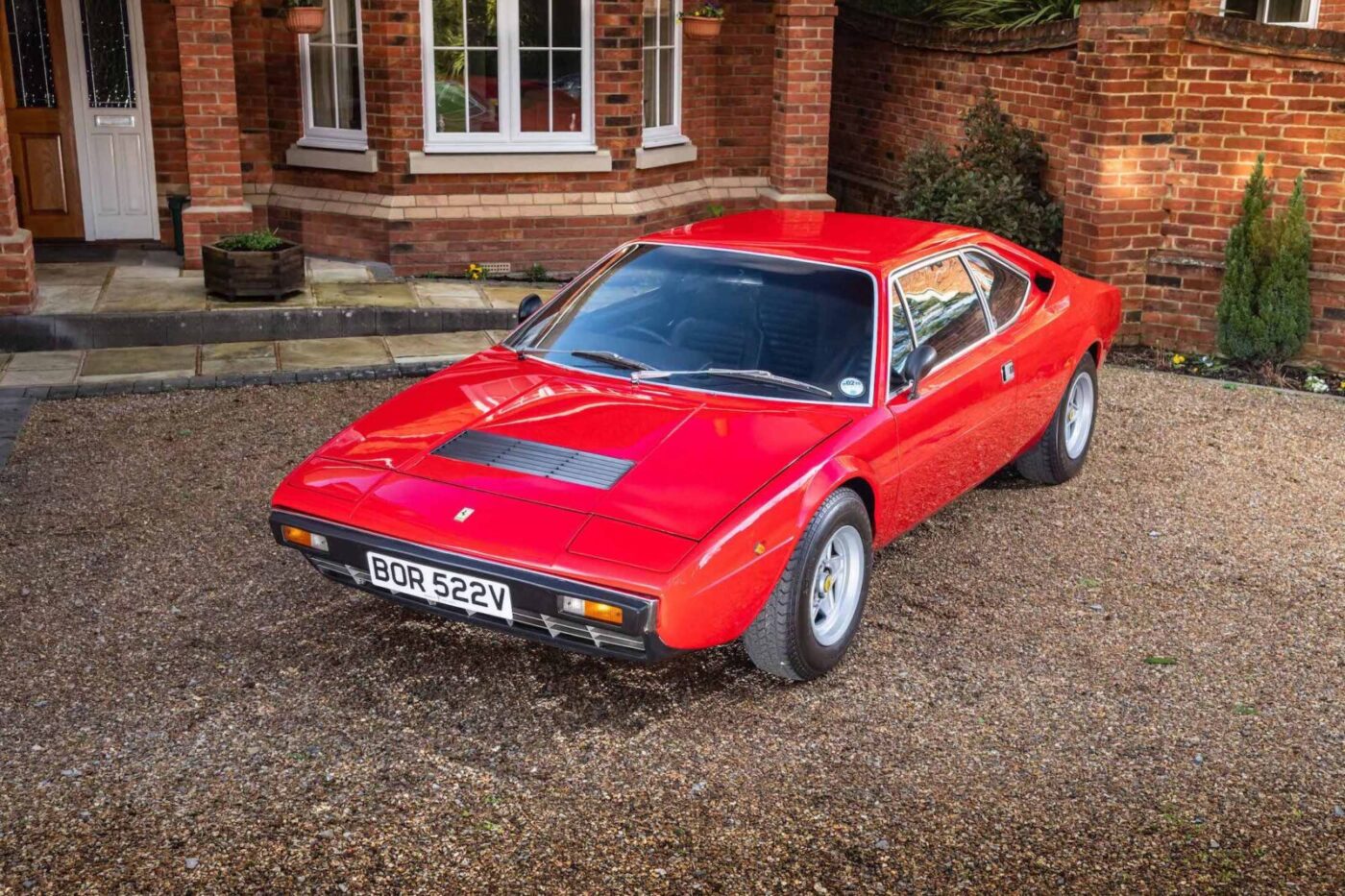
Typically Italian
“It’s a good Italian car of that era,” says Ian with a grin. “Mechanically the car is brilliant, the engineering and design of the engine, gearbox, and suspension is great.
“But the bodywork was hand-built. You tend to look on hand built as being great, but the way they put it together there are lots of areas where the joints and seams would let water in and the quality of the steel they used on some of the bits was not the best.
“There had been a fair bit of real good quality filler used, so I stripped it to bare metal and started again.”
Using metal fabrication skills, or blacksmithing as it was taught in the RAF, learned in his youth, Ian created and welded in new sections to the A post in the rear of the front wing, the driver’s side sill where the air conditioning pipe had caused metal-rotting condensation, and the rear edge of the curving bootlid.
Thankfully, the bonnet and engine cover are made from aluminium, and all that remained was to decide on a colour.
“I quite liked it in silver and, to be honest, although people say it was always red, I think that’s in more recent years,” he says.
“In fact, especially in the GT4, one of the nicest looking ones is a darkish metallic blue, which makes it a really nice looking car.
“A friend of mine deals in Ferraris and other cars like that, and I asked him if it would affect the value if I changed the colour to red. He said it would probably be worth more…
“The real reason I went for a solid colour though is because spraying in your home environment, to get all the panels matching right in metallic silver, even from the same pot of paint, tends not to be terribly successful.”
Switching to rosso red
So rosso red it was, with a retrimmed interior and new carpets made in black to complement the red exterior.
That the paintwork looks so stunning more than 20 years later is testament to Ian’s spraying skills, and the car’s subsequent low mileage, mostly runs to car shows and the Goodwood festivals.
“Some years these days it does only 200 miles,” admits Ian, the odometer reading just over 85,000 miles from new.
“I still do odd jobs on it. Two or three months ago, one of the things I hadn’t done when I was doing the whole car was the clutch. I had to research how to do that, bought the odd tool that would fit the ring nuts they use, and set it all up.”
The car is probably better now than it’s been since its first couple of years of use, but Ian refuses to see Ferrari as an investment.
“I don’t look at it as that, because I’ve got no reason to sell it,” he adds. “It’s probably worth about what I paid for it, so I haven’t made any money out of it!”
Long before he got his hands on the Ferrari, Ian had taken the ‘66 Beetle to his heart, buying it for Helen in 1972 to complement his own 1959 Bug.
“I thought for commonality of fleet I would get another Beetle, and we both drove that for five or six years before she moved on to a VW Variant and then more modern cars,” he says, visibly moved by mention of his late wife.
Like the Ferrari, the Beetle has been fully restored, and resprayed twice, first at the end of the 1970s and again in the mid ‘80s.
“The original engine wasn’t very good, so I bought another car a year older than that one, dismantled it and left the rest in the drive,” says Ian.
“I got a whole load of spares that way. I rebuilt that engine, used it for a while, and then I rebuilt the original engine, which is it in now.
“The gearbox was rubbish, so I changed that, and I bought a new interior about 10 years ago, and also renewed the headlining.”
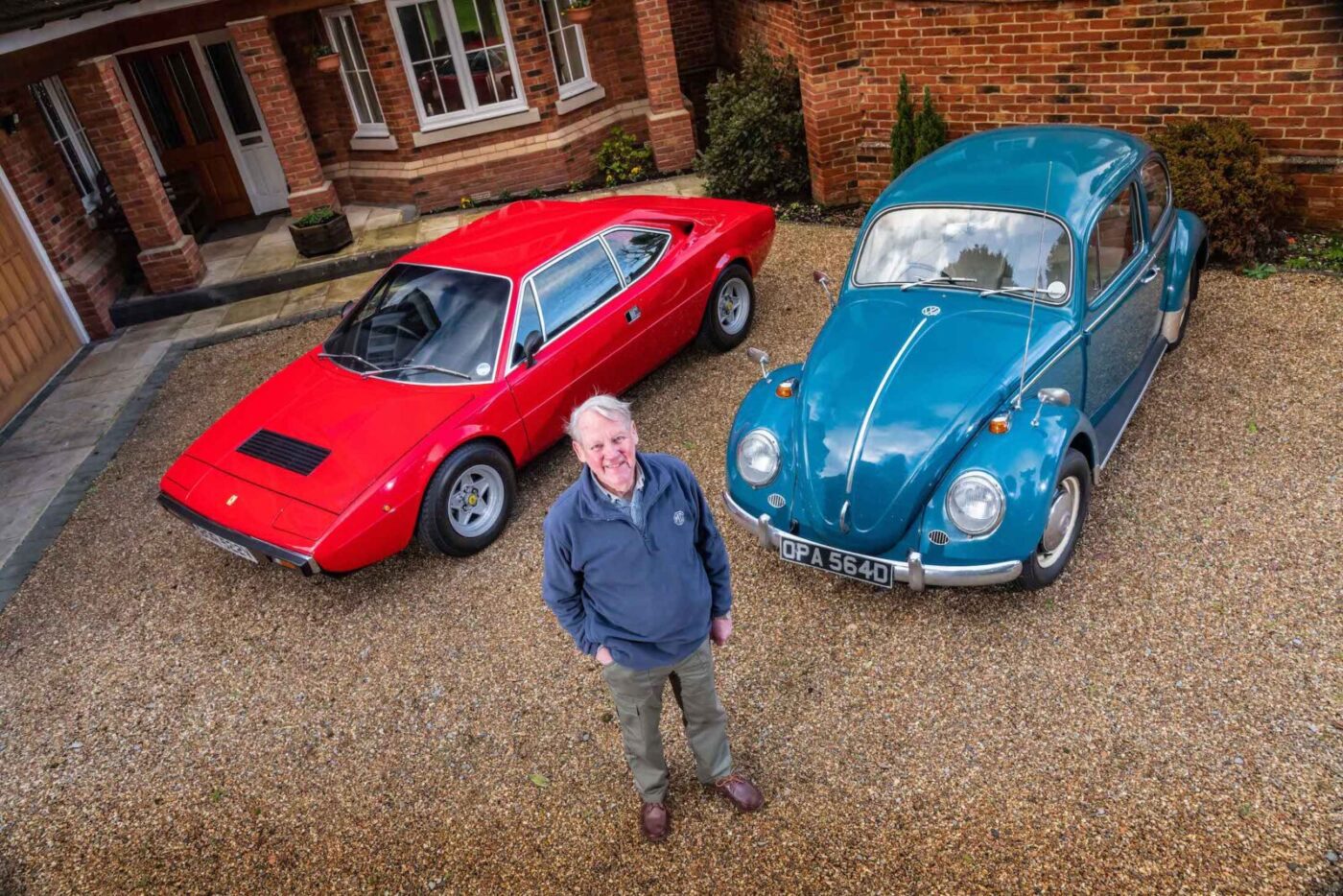
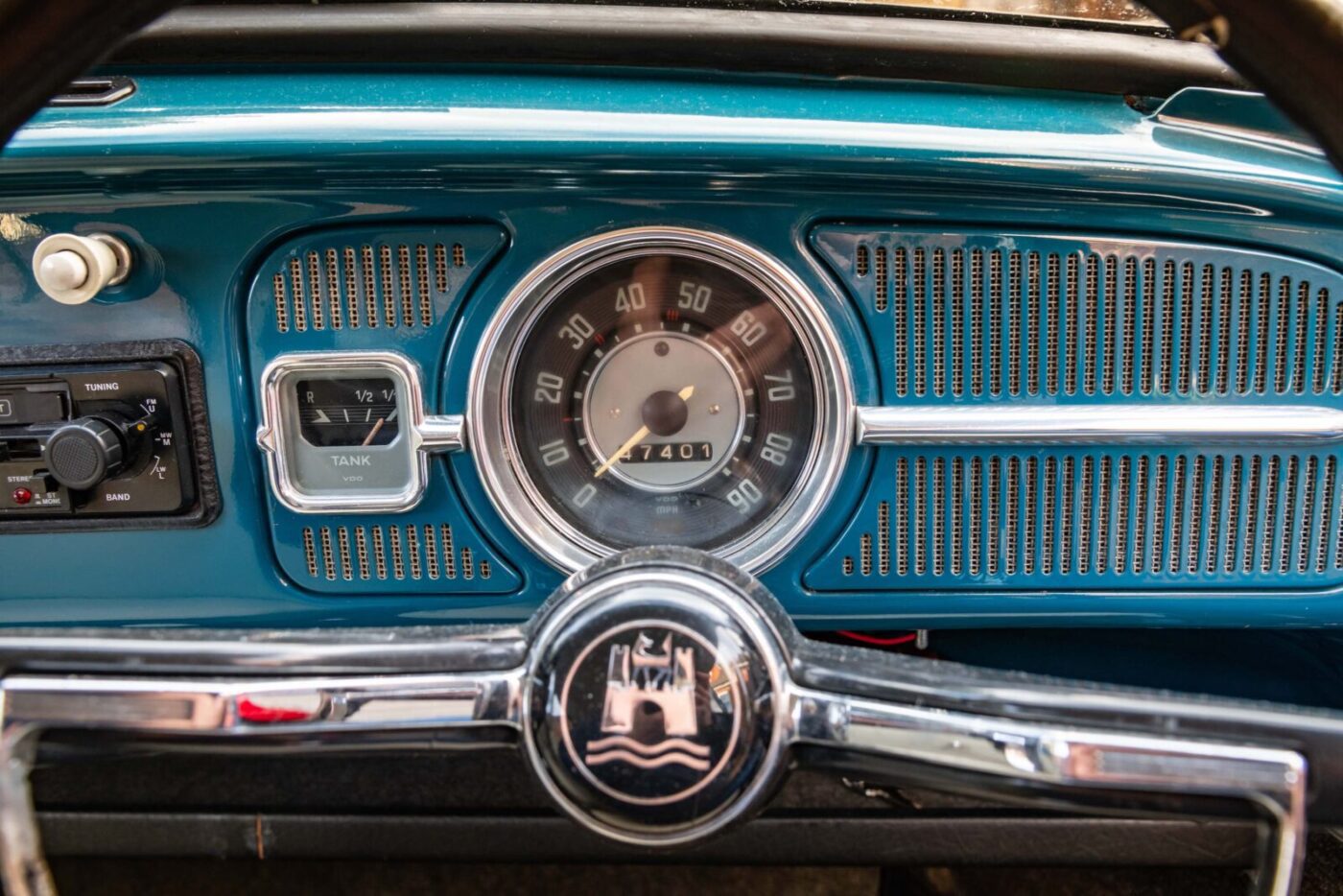
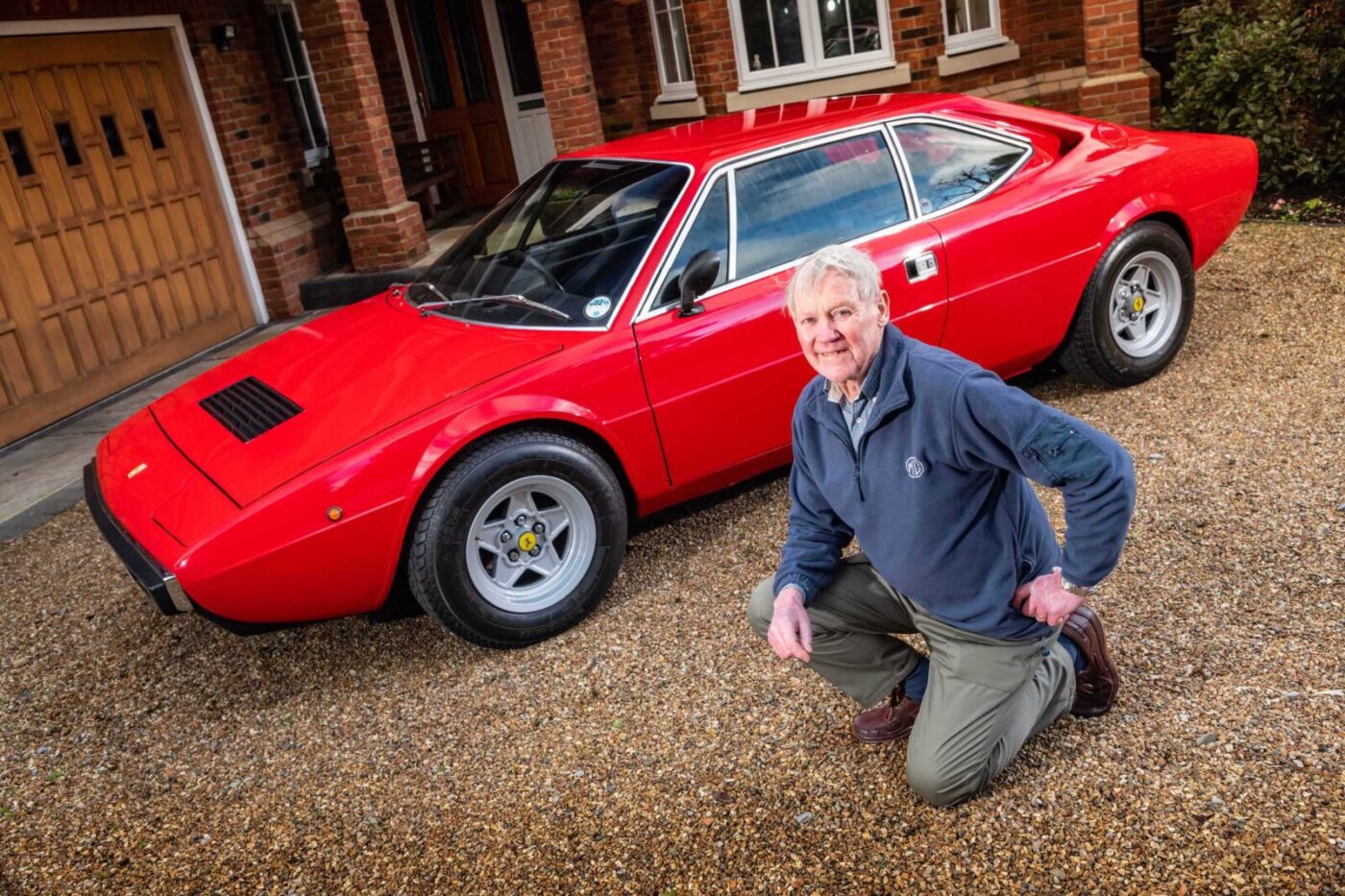
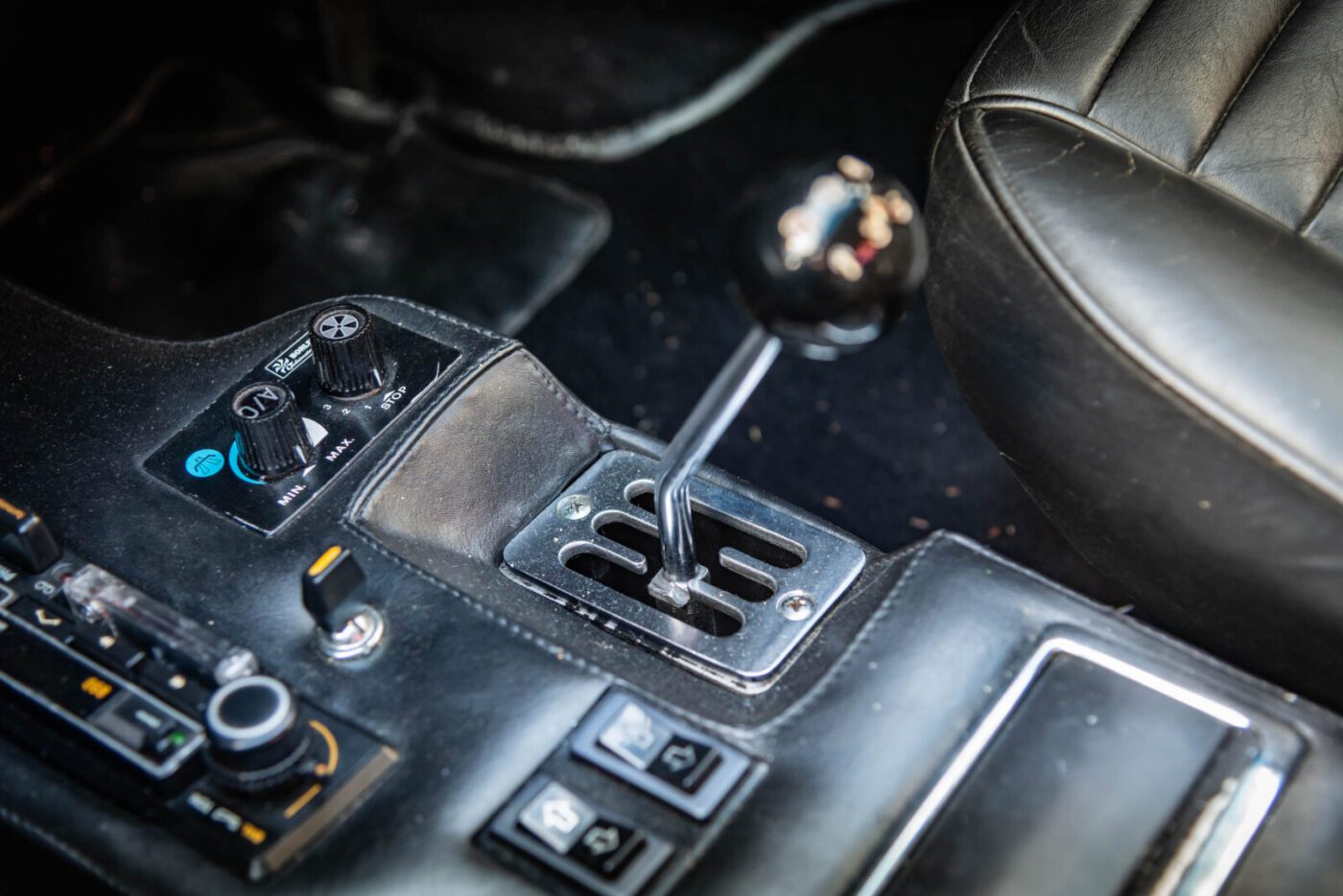
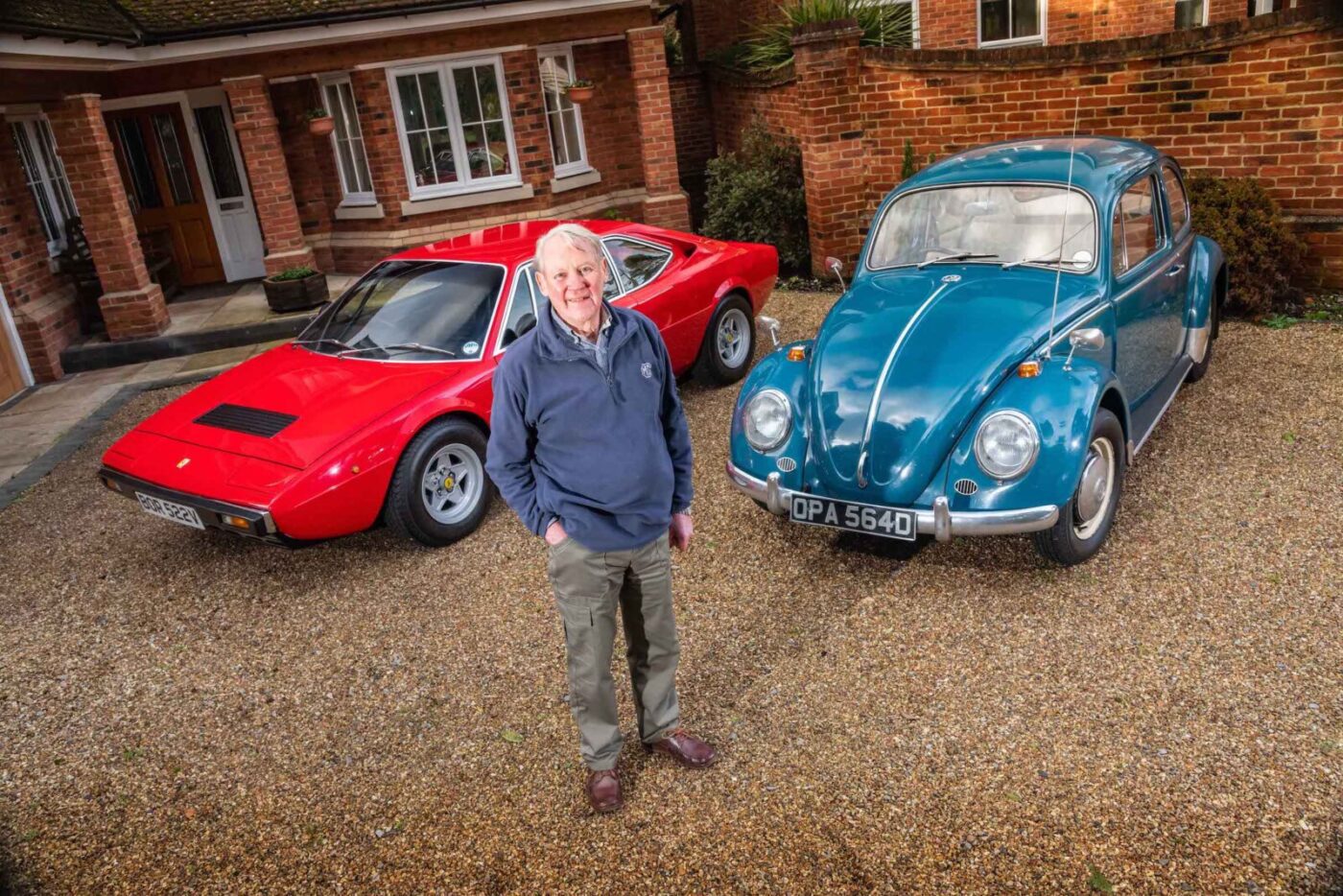
Classic bikes
Nestled next to the Beetle and MG in the double-length garage Ian had built to replace a car port (which is no place to keep a classic), are the three motorbikes – a Triumph Tiger 100, Honda CB75 and BSA A65.
“I always enjoyed riding a bike when I was in the RAF,” he says. “Over the years I had lots of motorbikes which, if I had them now, would be worth a fortune – a Vincent 1000, Vincent 500, BSA Gold Star, Matchless sports twin. I sold them all for peanuts, but you don’t have a crystal ball!”
“When I left the RAF I didn’t have any bikes and never really thought anything about it, but when I found that I wanted something to occupy my brain, I thought ‘I like the old bikes’.
“I used to go down to a biker cafe in Bagshot the odd time for years because I was always interested in old bikes.”
All the bikes have been refurbished to pristine condition and provide an alternative to the cars, depending on how the mood takes him.
It’s clear that Ian gets as much pleasure from restoring the cars – the MG has also been treated to a full rebuild – as he does driving them.
“Nothing against it, but it beats basket weaving,” he laughs.

